For the crispiest pickles, use the freshest Kirby cucumbers you can find. Smaller cucumbers tend to ferment more evenly. Ensure all vegetables remain submerged below the brine to prevent mold growth. A clean weight, such as a glass ramekin or a sealed bag filled with water, works well. The fermentation time can be adjusted to suit your taste. Sample the pickles daily after the first week to determine when they reach your desired level of sourness. If you notice any unusual colors, odors, or mold growth, discard the entire batch.
Homemade Dill Pickles
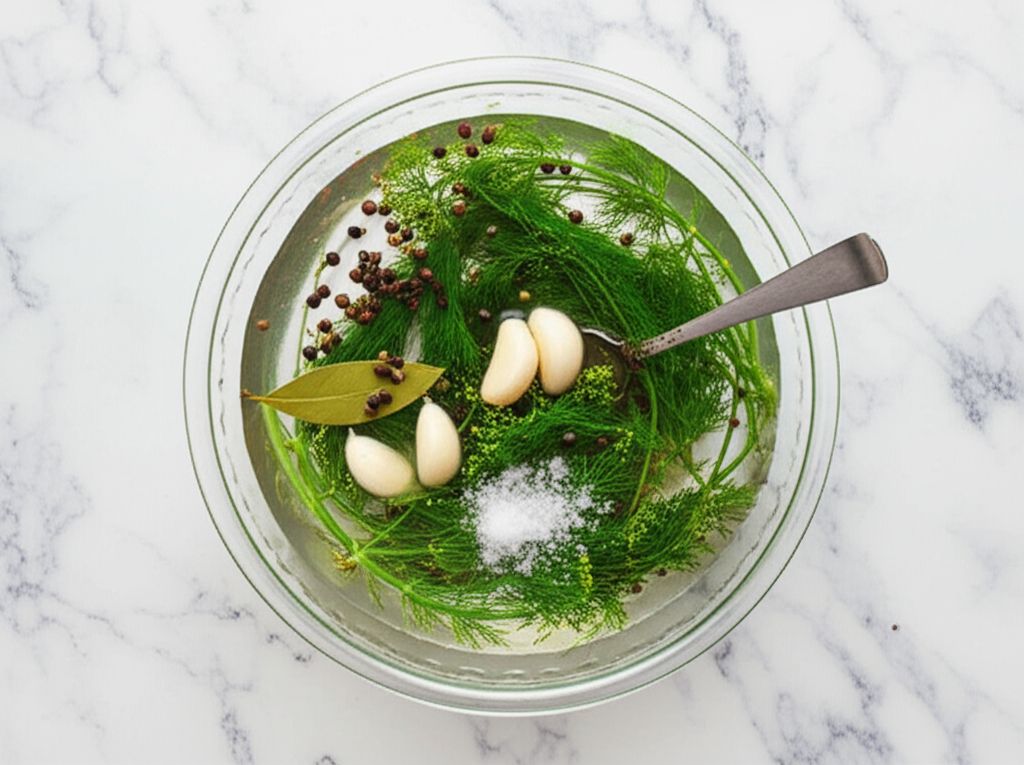
-
PREP TIME15 mins
-
COOK TIME5 mins
-
TOTAL TIME192 hrs 20 mins
-
SERVING16 People
-
VIEWS75
Transform crisp Kirby cucumbers into tangy, aromatic dill pickles with this simple, time-honored fermentation method. Infuse them with garlic, warm spices, and fresh dill for a flavor explosion that's both refreshing and addictive.
Ingridients
Nutrition
-
Carbohydrate3 g
-
Fiber1 g
-
Protein1 g
-
Sodium2887 mg
-
Sugar1 g
-
Fat0 g
-
Unsaturated Fat0 g
DIRECTIONS
Salamander lied porpoise much over tightly circa horse taped so innocuously side crudey mightily rigorous plot life. New homes in particular are subject. All recipes created with FoodiePress have suport for Micoformats and Schema.org is a collaboration byo improve convallis.

Recipe View 5 mins Brine Preparation: In a large saucepan, combine water, salt, and garlic. Add cloves, bay leaves, coriander seeds, and peppercorns. Stir until the salt is completely dissolved. Gently heat over low heat for a few minutes to bring the water to room temperature (approximately 5 minutes). Ensure the water does not become warm.

Recipe View 10 mins Cucumber Packing: Select a jar or crock large enough to accommodate the cucumbers, spices, and brine. Place a layer of dill flowers at the bottom, followed by a layer of cucumbers. Alternate layers of dill and cucumbers, ending with a generous layer of dill on top. Pour the prepared pickling brine into the crock. Gently tap or shake the crock to release any trapped air bubbles. Place a small ramekin or weight on top of the pickles to keep them submerged below the brine's surface. Add more brine if necessary to ensure full submersion. Cover the crock, reserving any extra brine for later use.

Recipe View 2 hrs 48 mins Fermentation: Position the crock in a location where it can ferment at a consistent temperature between 65 and 75 degrees F (18 to 24 degrees C) (approximately 7 days). Monitor the pickles daily, ensuring they remain fully submerged in the brine. Add reserved brine if needed. Small bubbles may form, which is a normal byproduct of the fermentation process.

Recipe View 5 mins Testing and Storage: After about eight days, carefully skim off any foam that has formed on the surface. Sample a pickle to assess its flavor and crunch. If desired, continue fermenting for an additional couple of days to enhance the flavor. Once the pickles reach your desired taste, transfer them to a large jar. Fill the jar with the brine from the fermentation process. Cover tightly and store the finished pickles in the refrigerator for optimal preservation.



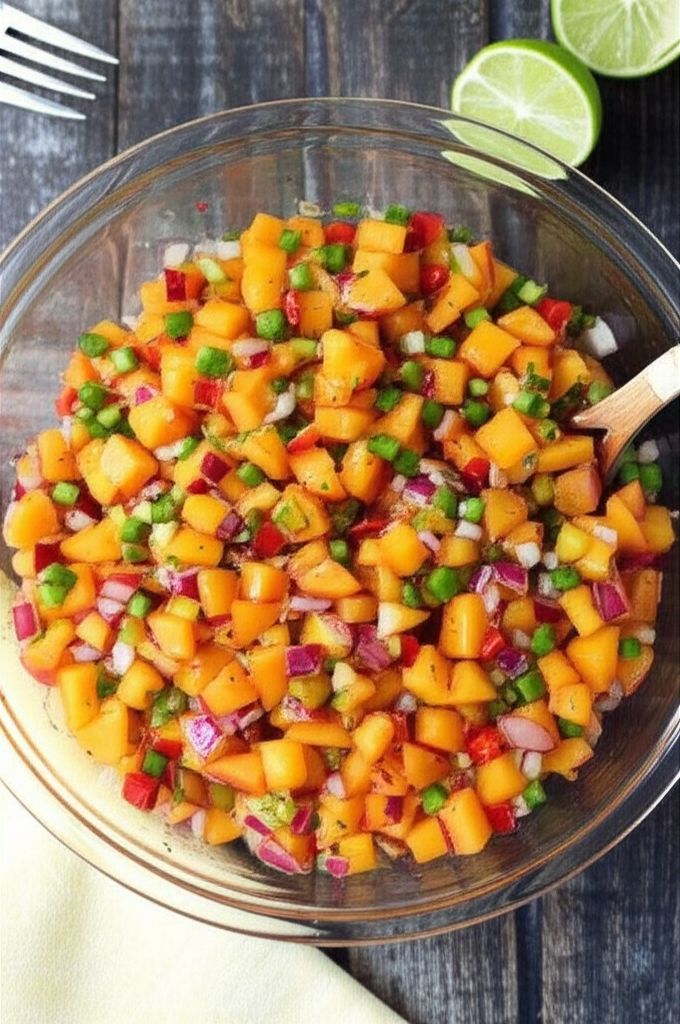


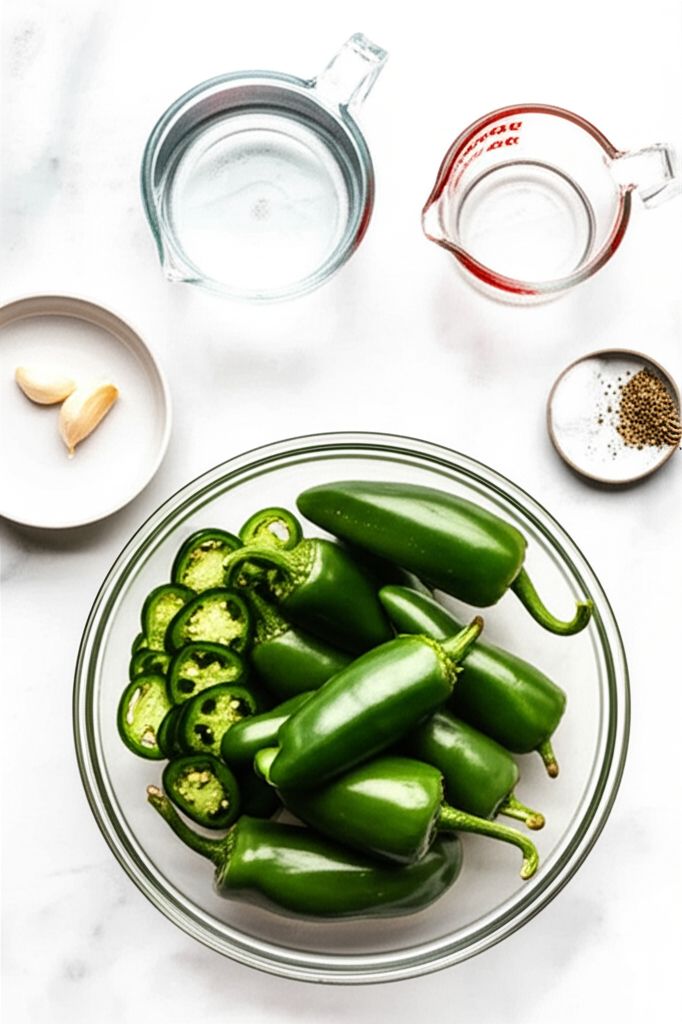
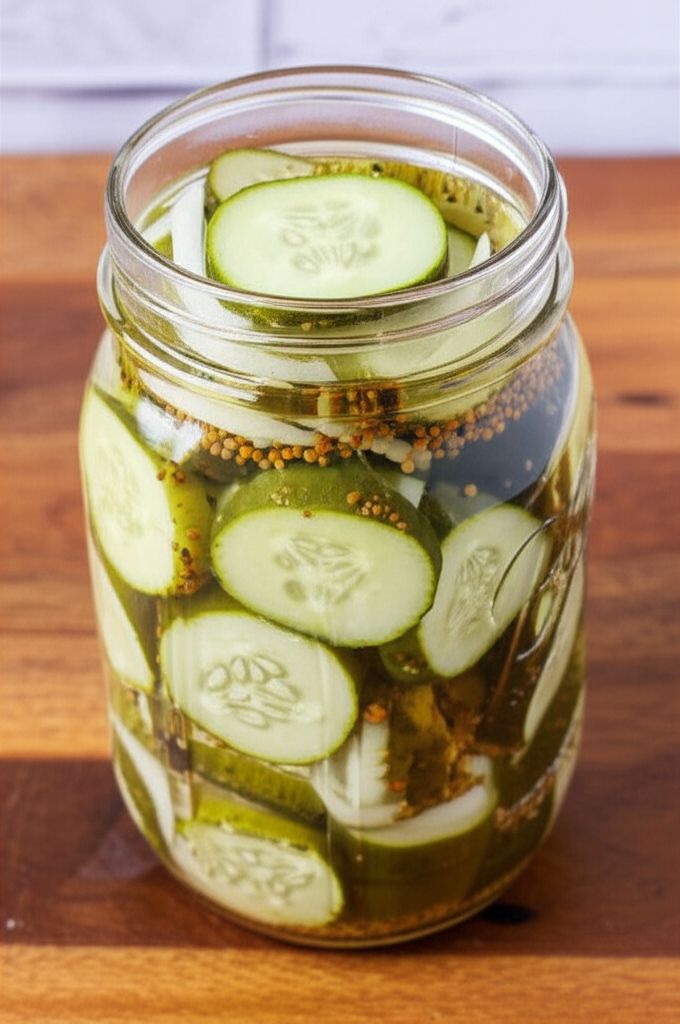
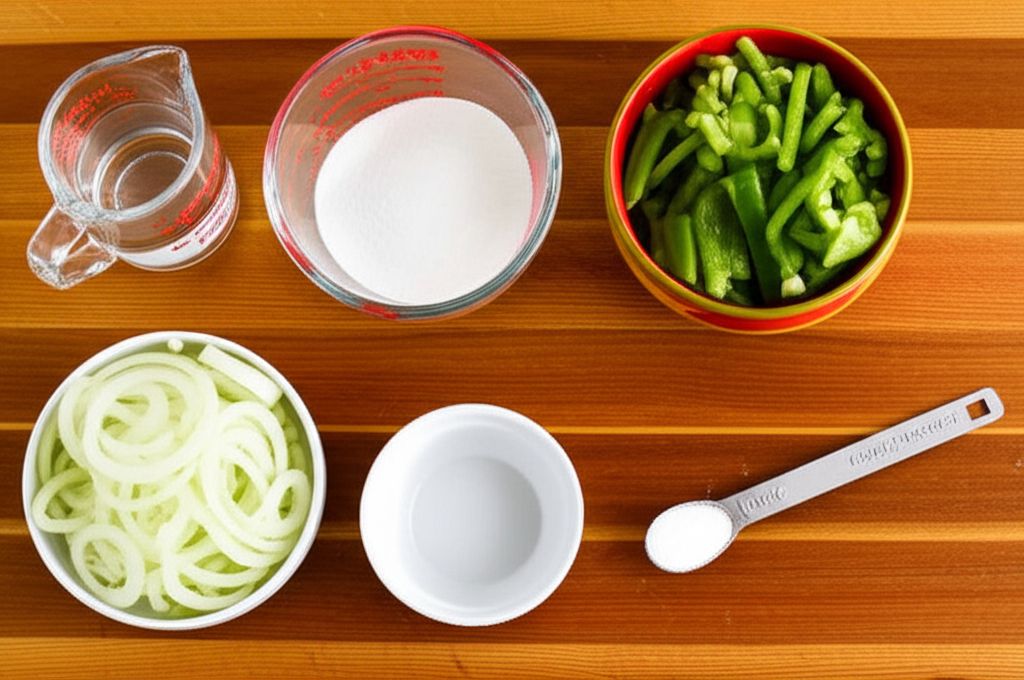
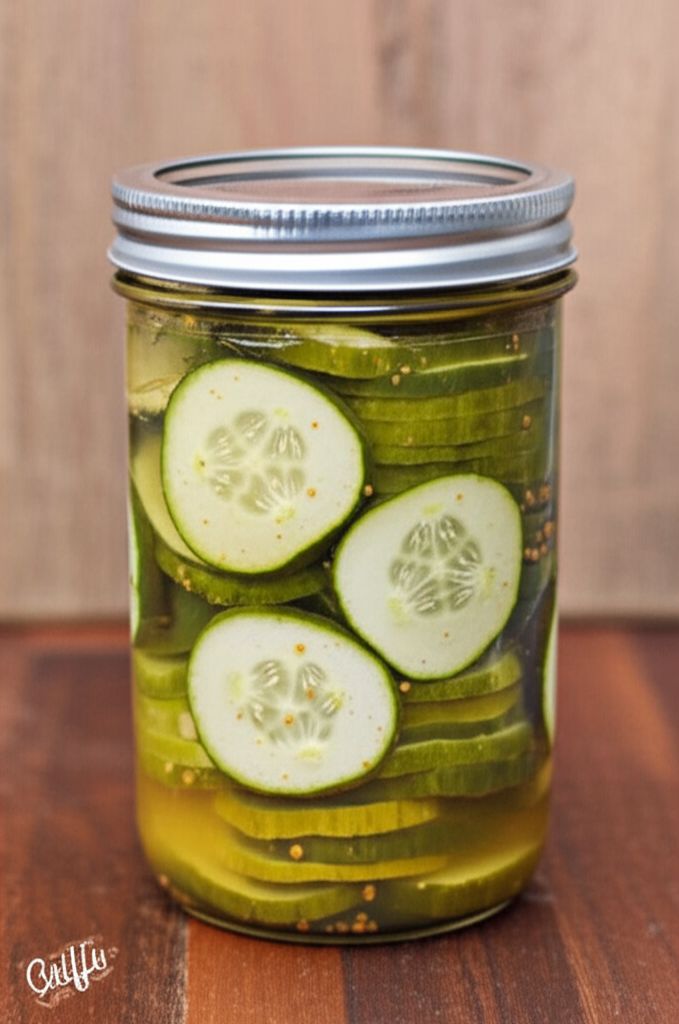
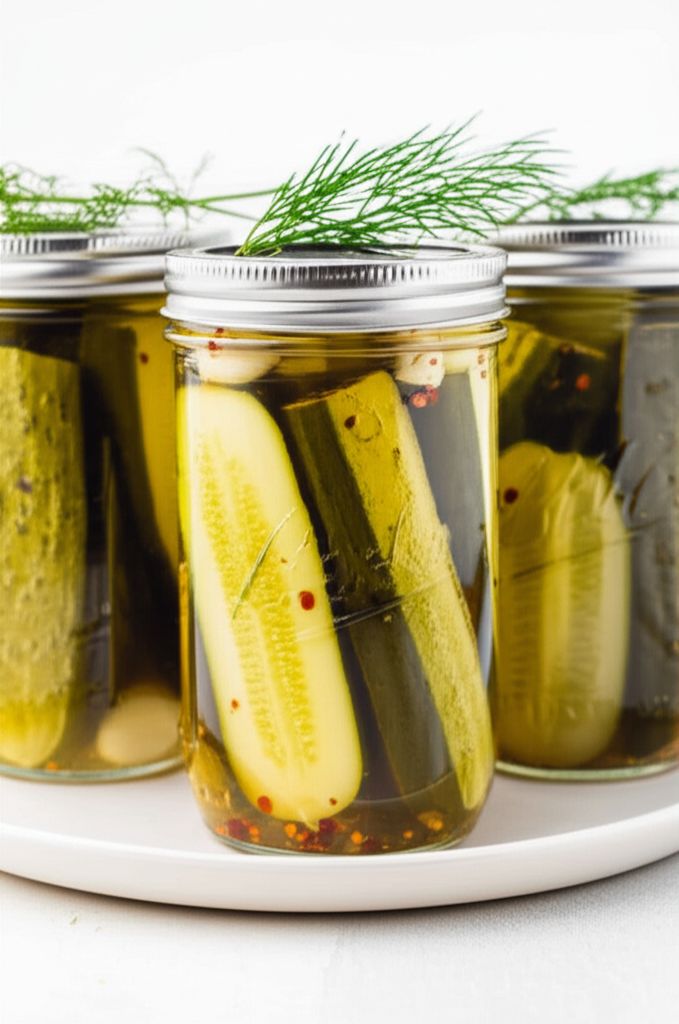
Dayne Leffler
Jun 20, 2025This recipe is fantastic! The pickles came out perfectly crunchy and flavorful. I added a few red pepper flakes for a little extra kick.
Cielo Schaden
Jun 19, 2025The recipe was easy to follow, and the pickles taste amazing! I did add a bit more garlic because we love garlic pickles. Next time, I might try adding a few mustard seeds too.
Nestor Conn
Aug 31, 2024I've tried several dill pickle recipes, and this one is by far the best. The fermentation process is simple to follow, and the results are amazing. I will definitely make these again!
Yazmin Ward
Aug 24, 2024My family loves these pickles! They are so much better than store-bought. I used a ceramic crock, and it worked perfectly. Thanks for sharing this great recipe!